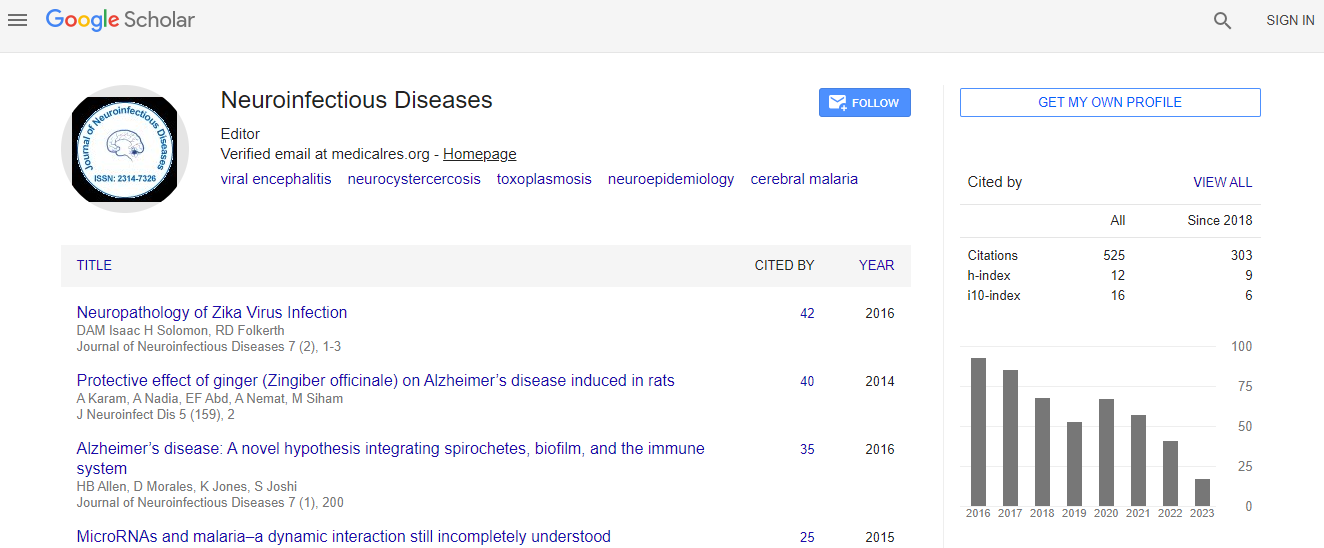Neuroprotective Role of Vitamin D in Primary Cortical Neuronal Cultures
*Corresponding Author:
Copyright: © 2020 . This is an open-access article distributed under the terms of the Creative Commons Attribution License, which permits unrestricted use, distribution, and reproduction in any medium, provided the original author and source are credited.
Abstract
A role of vitamin D in brain development and function has been gaining support over the last decade. There are several lines of the evidence that suggest that vitamin D may have a neuroprotective role. The administration of vitamin D or its metabolites has been shown to reduce the neurological injury and or neurotoxicity in a variety of animal systems. Physiological concentration of calcidiol and calcitriol is between 30-50 nM in blood whereas the physiological concentration in brain is found to be 10 pM. This vitamin can cross the BBB and bind to the nuclear D3 receptors in the brain. Preliminary studies in our laboratory indicated that when isolated primary neuronal cells derived from rat’s brain were pre-treated with vitamin D and then followed by the induced oxidative stress with hydrogen peroxide. It resulted in greater neuroprotection by up regulating the gene expression of glutathione. The research in our laboratory looked at various metabolic markers of oxidative stress and apoptosis, and found that pretreatment of neurons for up to six days with vitamin D3 can significantly reduce the lipid peroxidation as well as protecting genomic DNA oxidation by hydrogen peroxide. A number of criteria for looking at cell viability and proliferation in the presence of vitamin D3 treatments were employed and it again showed better protection of the neurons from induced oxidative stress. Suggesting its potential role as a neuro therapeutics agent. Our results highlight the importance of taking vitamin D3 supplements from an early age which could prevent the development of various neurodegenerative diseases.

 Spanish
Spanish  Chinese
Chinese  Russian
Russian  German
German  French
French  Japanese
Japanese  Portuguese
Portuguese  Hindi
Hindi 
